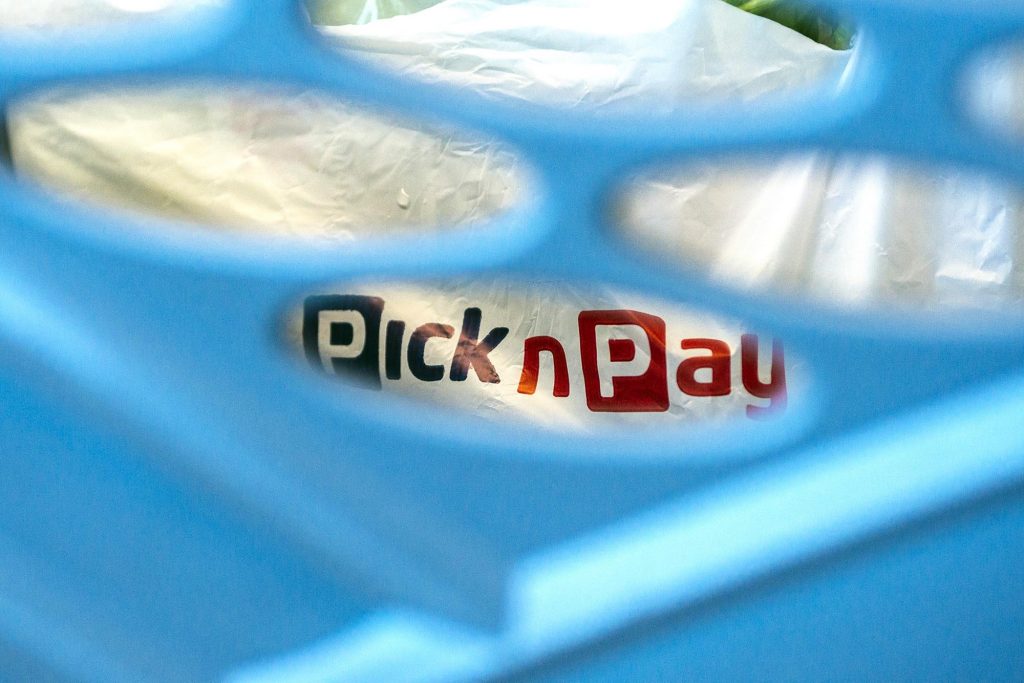Pick n Pay’s share price fell 8.5% on Wednesday, after it said it is spending around R60 million a month on diesel and may have to reprioritise its capital investments as load shedding cost pressures mount.
In a trading update for the 43 weeks to 25 December 2022, the retailer said it faced severe costs during the period, spurring it to devise an energy resilience plan to help it soften the blow of South Africa’s energy crisis on its operations.
Depending on which of various energy options it pursues, it said it “may need to reprioritise other demands for capital investment”.
During the reporting period, the group spent an additional R346 million on diesel to run generators in its stores compared with the same period the prior year. It has over 1 910 stores in South Africa.
Load shedding, the frequency of which increased significantly over the past year, not only led to substantial unplanned costs but also disrupted customers, according to the retailer.
Impact
Independent retail analyst Syd Vianello says changes to the retailer’s capital allocation may stall the store rollout of its core Pick n Pay brand.
“The Pick n Pay core brand is going to continue struggling, rather than recovering, because it’s clear to me that they are not going to allocate a lot of capital to it,” Vianello tells Moneyweb.
If there are any new stores, they are likely to be few and far between, he adds.
Read:
Pick n Pay spends nearly R350m on diesel in 10 months
Shoprite staring down a R1bn-plus annual diesel bill
“And if they are going to cut back on capital allocation, particularly to rolling out new Pick n Pay upmarket stores, clearly that particular part of the business is going to lag behind compared with Checkers, [which is] aggressively rolling out new stores in areas where there is sufficient density to support a new store,” says Vianello.
Pick n Pay unveiled a new long-term strategic plan in September. The Ekuseni Strategy effectively splits its brand under two banners – with its new QualiSave segment aimed at lower- to middle-income customers, and an accelerated store refurbishment programme to draw more affluent customers to its core Pick n Pay brand.
Read: What took Pick n Pay so long?
The group said on Wednesday that it has fully converted 93 stores to the QualiSave format, with sales growth – averaging 10.5% – stronger from the converted stores than the non-converted ones.
Boxer
Its Boxer brand in South Africa, which Pick n Pay sees as a growth engine and wants to position as a discount grocery destination, saw double-digit growth of 20.7% in sales, while like-for-like sales increased 7.6%.
Vianello says that while the like-for-like result is “worrying”, Boxer has managed to clinch market share from Shoprite at the lower end of the market.
“Boxer is going hell for leather. It seems a fair assessment that Boxer has grabbed more market share [at] the bottom end of the market, and in terms of total group sales, it’s outperforming the Shoprite brand.”
He adds that Boxer’s total sales are growing much faster than Shoprite’s total sales.
Read: PnP: Aggressive Boxer expansion and new store format for ‘inbetweeners’
Pick n Pay group sales for the reporting period grew 9.3%, while sales in its core South African operations increased 9%.
For its rest of Africa operations, it achieved double-digit sales growth of 17%.
Group turnover is up 9.3%.
Vianello says compared with Shoprite – which saw sales soar 16.8% to R106.3 billion in the six months to 1 January 2023, according to an operational update published at the end of January – Pick n Pay’s sales are disappointing.
“It’s very worrying. There clearly is pressure on profitability.”
Read:
Why Shoprite group has Pick n Pay on the back foot
As PnP and Takealot inch ever closer, would a merger make sense?

